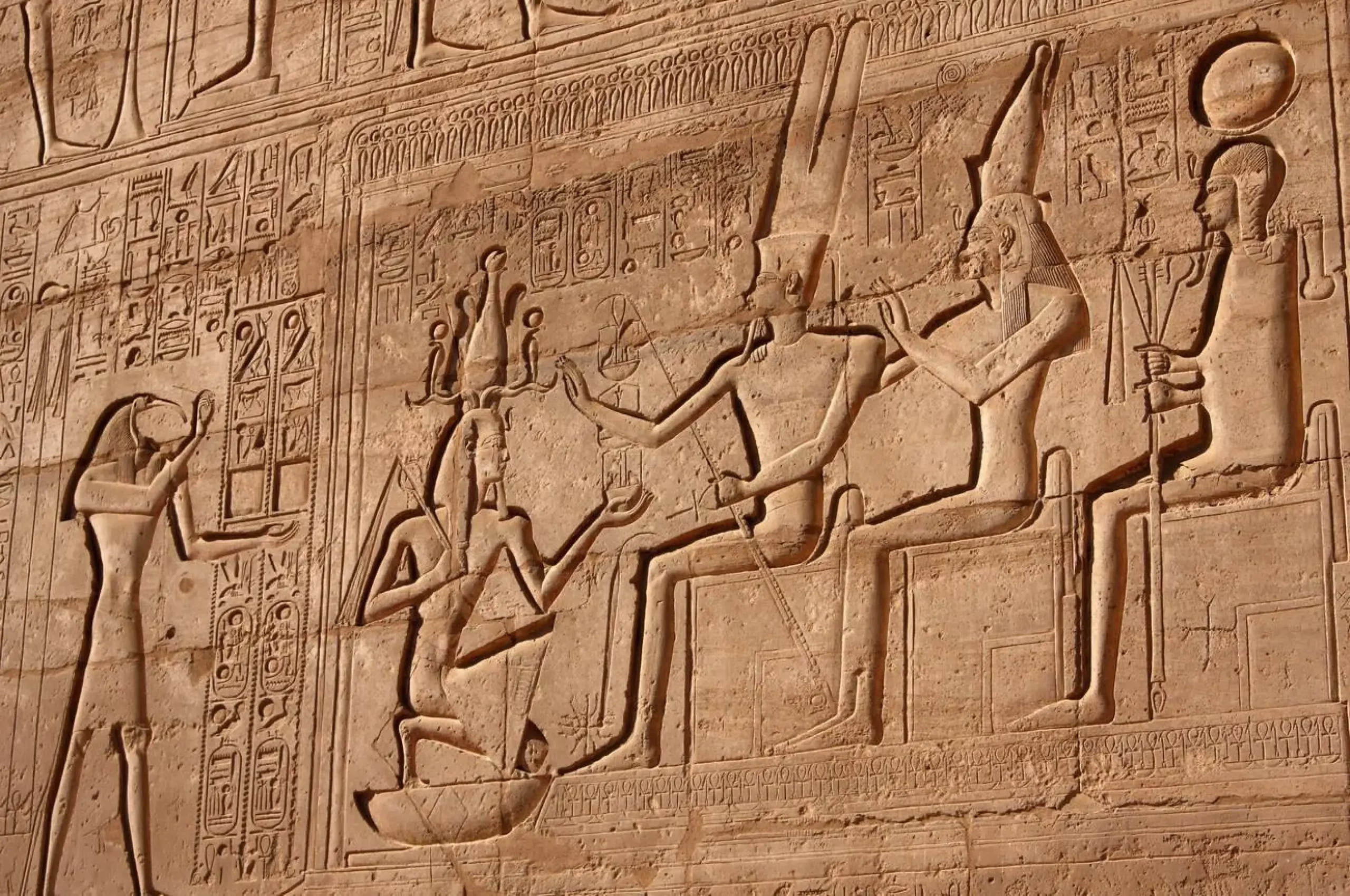The Opet Festival: Ancient Egyptian Goddess Of Thebes
The Opet Festival served religious and political purposes. The celebration honored the Theban triad, the three gods. They were the main objects of worship in Thebes(Luxor). Thebes was the capital of the New Kingdom. It was home to some of the most famous ancient temples and tombs, such as the Valley of the Kings. The triad, or holy family, was Amun, his partner Mut, and their son Khonsu. Details of the ceremony were in a relief in the processionary colonnade in Luxor Temple. The ceremony may have been developed by Queen Hatshepsut.
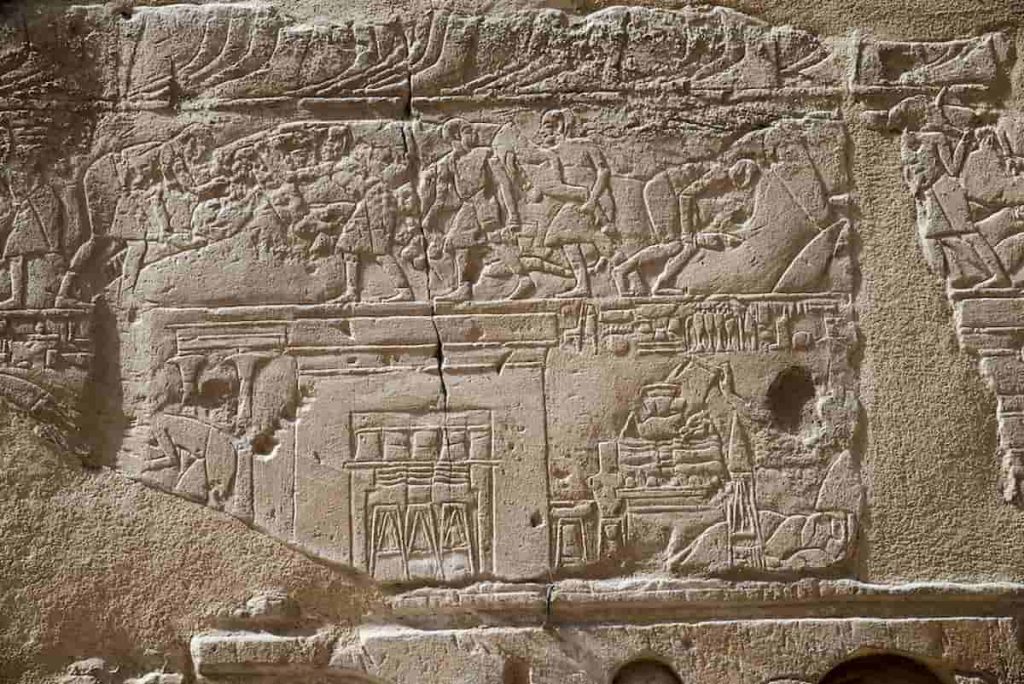
Opet Festival, The beautiful feast of Opet
When Was This festival?
The Opet Festival was an annual ancient Egyptian festival. It was in Thebes (Luxor), especially in the New Kingdom and later periods, during the second month of the season of Akhet. This was the flooding of the Nile.
How Did Egyptians Celebrate the Opet Festival?
In the celebration of Opet, the god Amon, Mut, his consort, and Khons, their son, made a ritual journey from their shrines at Karnak to the temple of Luxor (called Ipet resyt in pharaonic Egyptian, hence the name of the festival). Scenes of the festival in the Colonnade of the Temple of Luxor, carved during Tutankhamun’s reign, show priests carrying statues of Amon, Mut, and Khons in barks through the streets of ancient Thebes, thence onto river barges and on to Luxor.
Also, the statues remained in the temple of Luxor for about 24 days after this appearance to the public, during which the city remained in festival. The same route returned the images to their shrines in Karnak in a second public appearance that closed the festival. During the marriage ceremony, the Pharaoh was ceremonially reborn through a re-crowning ceremony, emphasising the fertile nature of the Pharaoh and legitimising his divine right to rule.
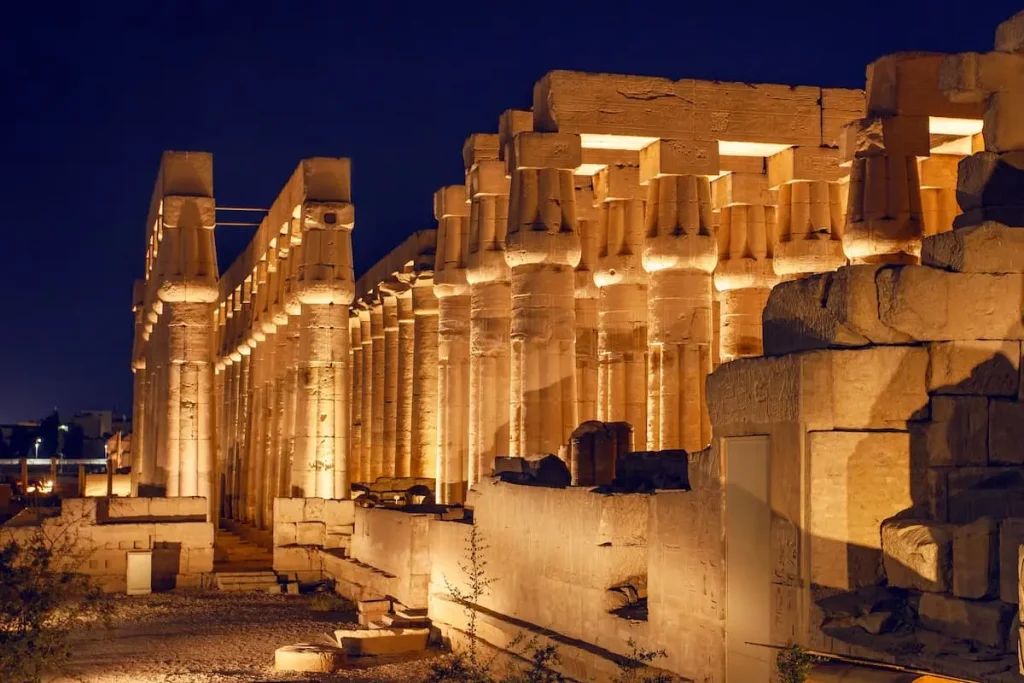
Thebes
Large crowds of people came out for processions. Merrymakers sang hymns, drank wine, anointed themselves with unguent, and placed flowers on their heads. Participants in the procession included the Pharaoh, royal charioteers, priests, incense burners, fan bearers, bureaucrats, soldiers, musicians, singers, and dancers. Female acrobats performed to the rhythm of castanets, drums, and sistrum rattles, and priests carried offerings such as cattle, gazelles, wine, fruit, bouquets, and lotus flowers.
Evidence of The Opet Festival
Furthermore, we have a lot of information about the Opet Festival because the Eighteenth Dynasty king Amenhotep III (1390 – 1352 B.C) commissioned the Colonnade Hall at Luxor Temple, and his grandson Tut Ankh Amun decorated the walls with scenes from the Opet Festival. The scenes carved on the west wall show the procession from Karnak to Luxor. Also, the scenes on the east wall show the procession sailing downstream on its return to Karnak.
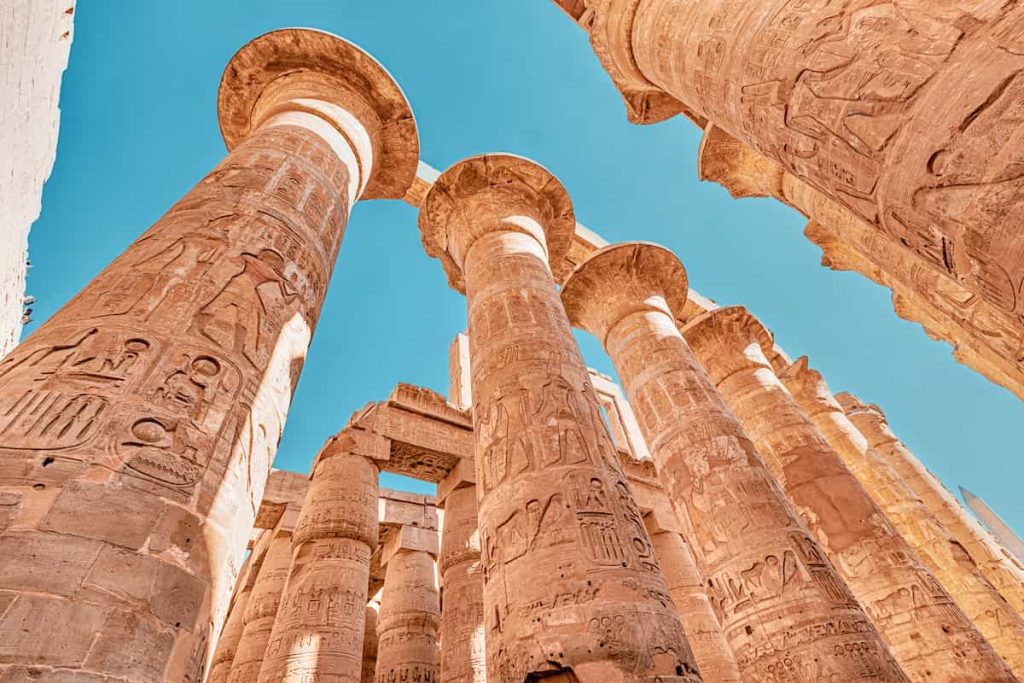
Luxor Temple & Karnak Temple
Is the Opet Festival still celebrated?
The ancient festival has been carried into the living tradition of the feast of Sheikh Yūsuf al-Haggāg. Being an Islamic holy man, they celebrate his life, and his boat is taken around Luxor. It is at the time of this Mawlid celebration that the festivities go on around the Abu Haggag Mosque. The mosque itself is on the northeastern side of the first court of the temple of Luxor, built on the ruins of a Byzantine church.

Abu El Haggag Mosque
The Theban Triad
1- Amun
Amun was the principal god of the Egyptian pantheon. He was the god of air until the 11th dynasty; he entered into the domain of the great gods only after that. Amun became paramount in the 21st Century BC in defense of Thebes. He was connected to the air and usually depicted either with a pair of ram’s horns or with two tall feathers.
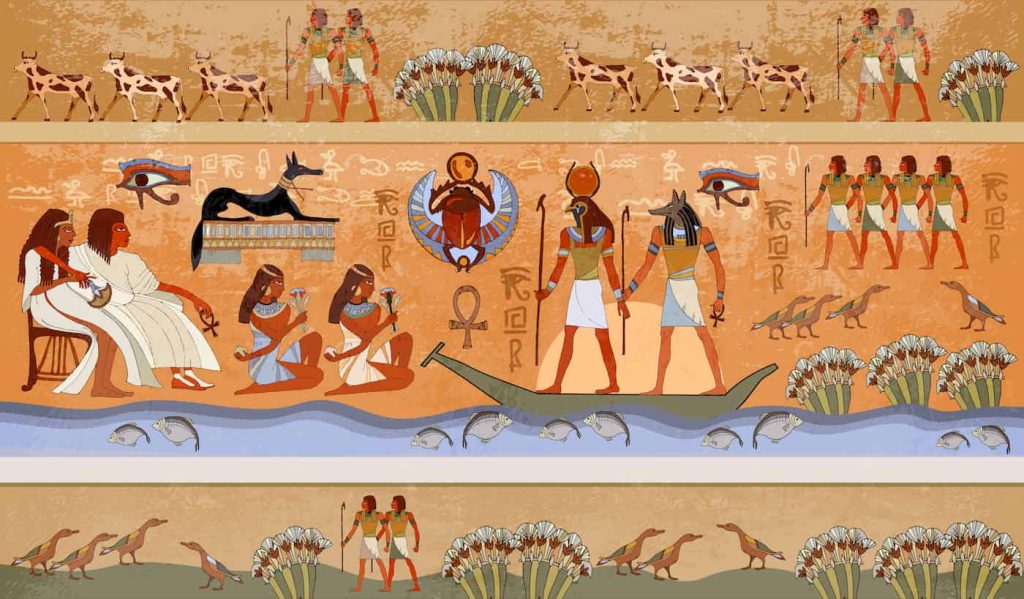
The Opet Festival, Amun-Ra
Moreover, in the ancient Egyptian pantheon, gods often evolved. They combined with other gods or took on new characteristics. In the New Kingdom, Amun became associated with the sun god, Ra. He became Amun-Ra or Amun-Re. The new kings gave Amun credit for their victorious wars against the Hyksos. Accordingly, Amun became the proper god of justice, truth, and the oppressed.
2- Mut
Amun’s wife was Mut. She was also a creator and the mother of the world. Mut first appears in text and art in the Middle Kingdom, when she replaced Amun’s earlier consorts. Often, Mut was with a vulture headdress, an ankh in her hand (the symbol of life), and the double crow. This signifies the unified Upper and Lower Egypt. Kushite kings also worshiped Mut. There was a temple for her at Jebel Barkal in Northern Sudan.
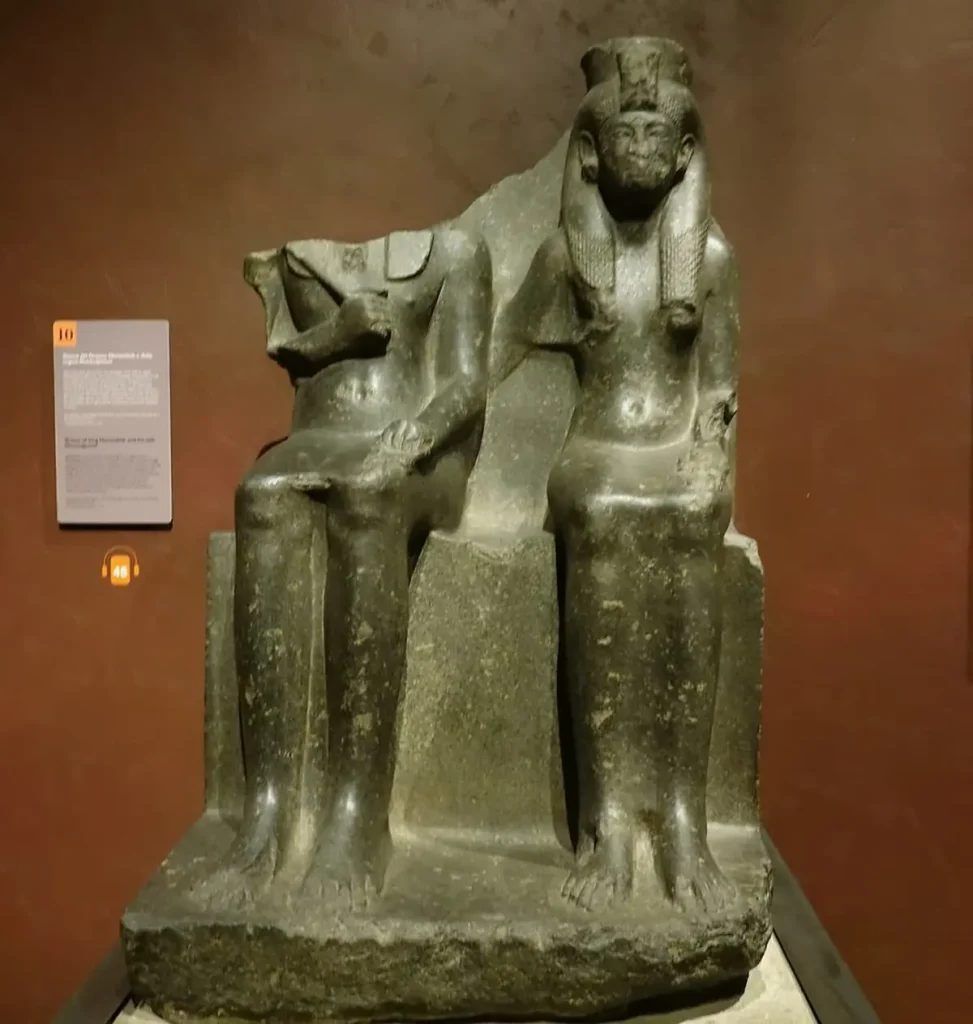
Mut, the Theban triad, Opet festival
3- Khonsu
In Egyptian mythology, Mut and Amun had a son, Khonsu. He was the moon god and associated with the passage of time and a protector of travelers at night. Khonsu was with a moon-disk headdress, either as a child, with a sidelock of hair indicating his youth, or with a falcon head. Khonsu was a mummy in his child form and wrapped in a white cloth, and with green skin. He represents death and resurrection. He also bears symbols of divine kingship like a false beard and uraeus (rearing cobra).
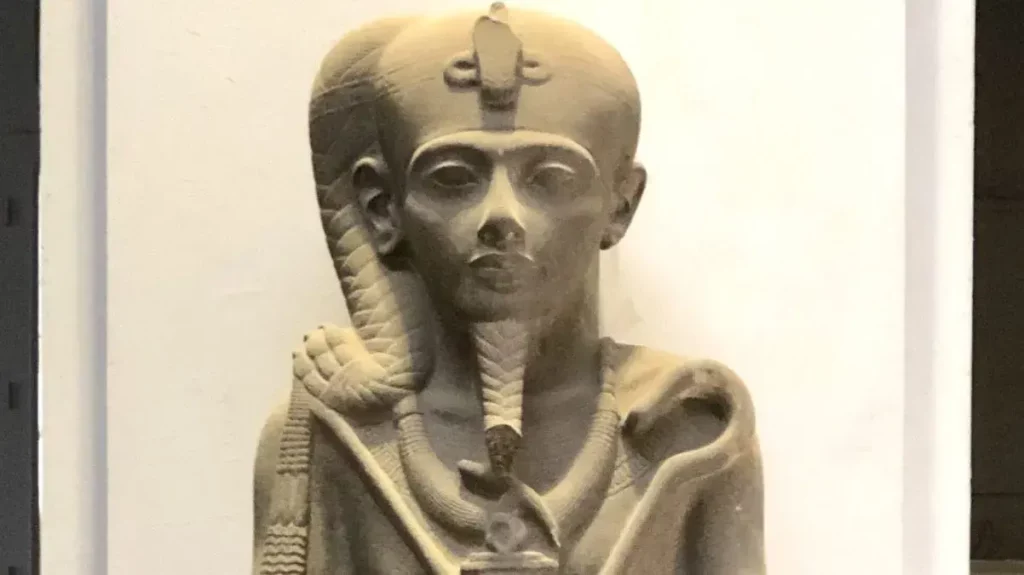
Khonsu, the opet festival
Importance of the festival to society
New Kingdom Egyptian society depended on the generosity of the gods to ensure they received what they needed. Because they lacked scientific understanding to explain specific events, the Egyptians looked upon each natural event as a sign or intervention from a specific god who wanted them to maintain the natural order of the universe, or ma’at.
To appease the gods, Egyptians routinely made offerings to the gods of sacrifices, prayers, and festivals. In this perceived symbiotic relationship, celebrations of the gods assured Egyptians and allowed them to live their lives without fear of divine intervention.
The Opet festival re-established essential communication between the gods and Egyptian society through the rebirth ceremony in the Temple of Luxor’s birth-room. This initiated the Pharaoh as an intermediary for the gods by being reborn as the son of Amun-Re, in “the rebirth of the sun-god.” This rebirth promoted the fertility of the pharaoh. In addition, it ensured his divine right to rule and consolidated his lineage.
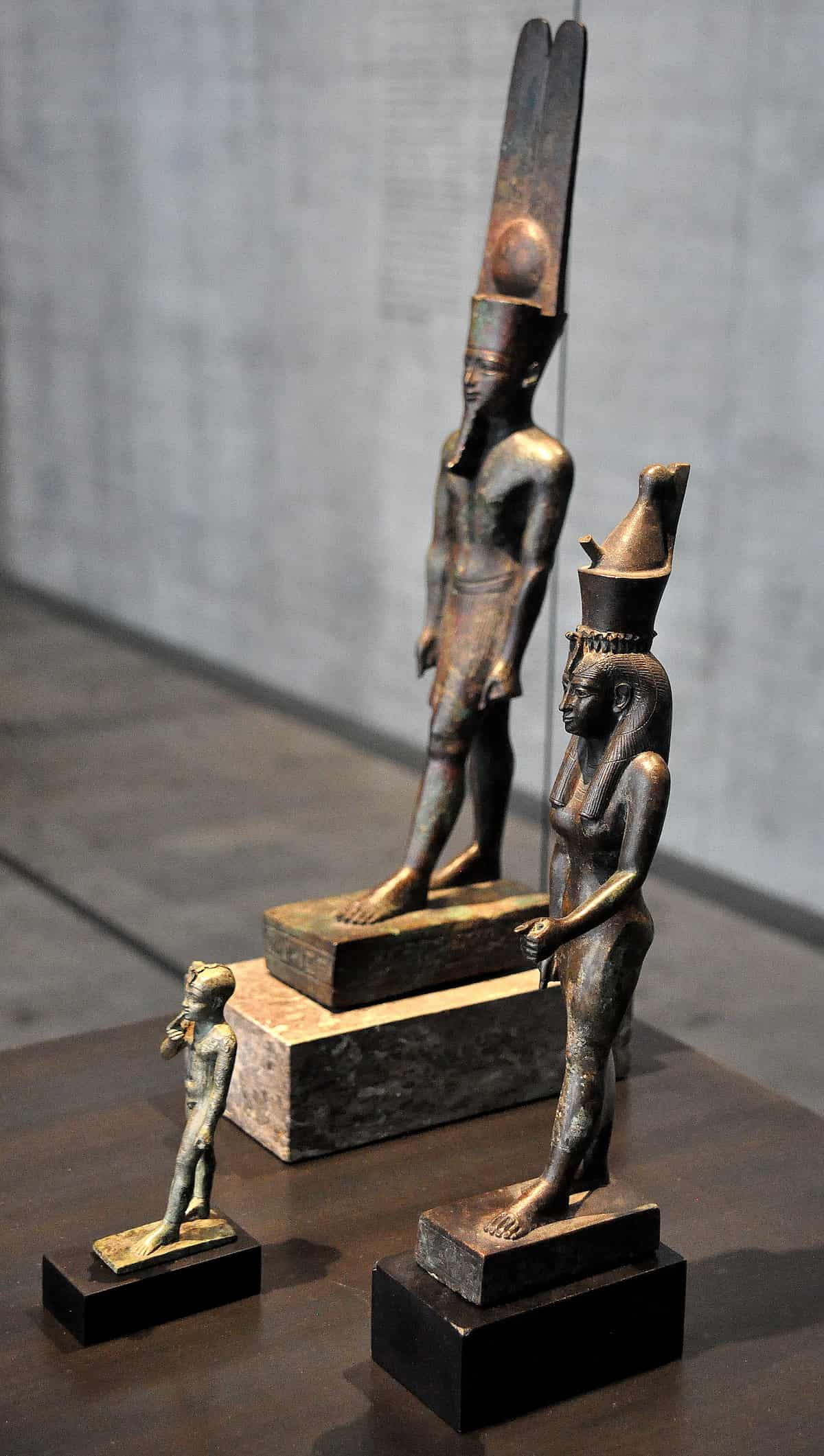
The Theban Triad, the opet festival
Further, this festival celebrated the fertility of the crops. This fertility depended upon the flood of the river Nile; so, it was in the “second month of the Akhet season.”
Role of the Pharaoh during the festival
Common people had no role in religious rituals; that was the sacred responsibility of the priestly class. The Pharaoh was the intermediary between Egyptian society and the gods during the festival at Luxor Temple. The Pharaoh used this link to promote their divine fertility and re-establish their right to rule over Egypt.
The Pharaoh’s marriage ceremony to the gods, “a divine marriage, the result of which was the renewal of Amun in the person of his ever-renewing human vessel, the reigning king,” ensured that Egypt would have another fertile year; through population growth, large harvests, and a large inundation of the Nile.
The Pharaoh’s religious role was reinforced through the Opet festival, as it reaffirmed their role as “The first prophet of Amun-Re, king of the gods”, the holiest title in Egypt. The religious rites during the Opet Festival re-established and confirmed the Pharaoh’s possession of the royal Ka, the representation of the human soul’s lifeforce. “This life force inhabited the bodies of all legitimate pharaohs of Egypt and passed from the old to the new on the latter’s death. An annual confirmation of such a process would help bolster the king’s authority.
Did Just Pharaohs Participate In These Festivals?
No, it was not just the Pharaoh who was active during the festival; sailors and soldiers were the most prominent non-religious groups in the festival. They have been observed in the colonnade hall relief scenes, which demonstrated that a large number of civil and military officials partook in the preparations for, and running of, the Opet festival.
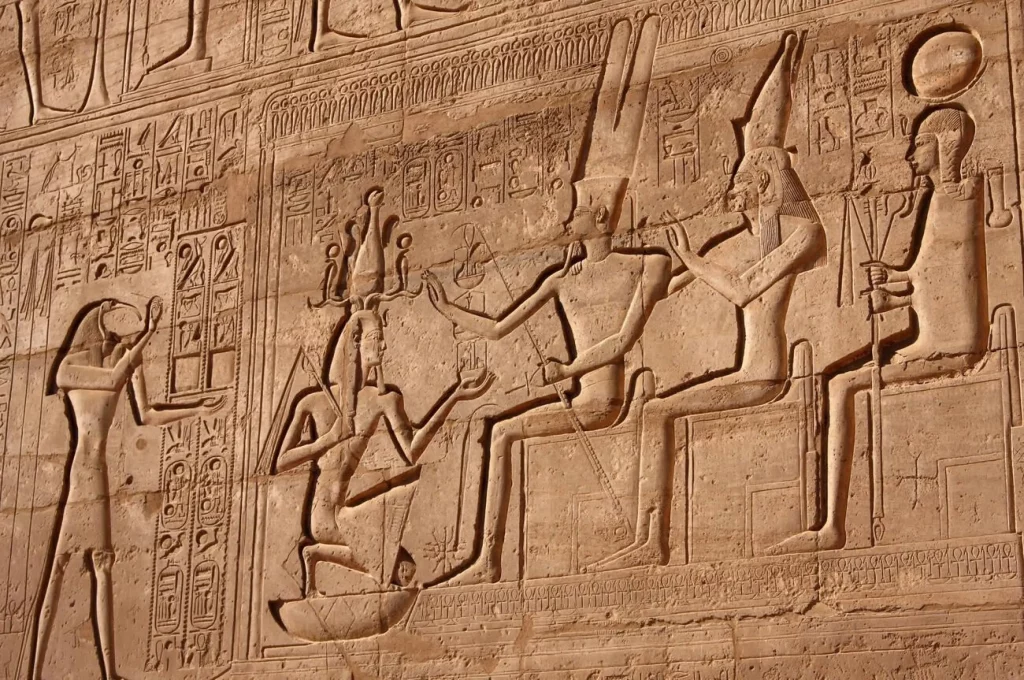
The Theban Triad, the opet festival
John Coleman Darnell emphasises the importance of the general population in executing the festival: “Ramesses II listed amongst those responsible for arranging the festival: members of the civil administration, provincial governors, border-officials, heads of internal economic departments, officers of the commissariat, city-officials, and upper ranks of the priesthood.”
Those who were not actively involved in the festival were “able to observe from the riverbanks. The festival also provided jobs for wab and lector priests, who were on three-month rotations. They recited spells and hymns among the general population on the riverbank to ensure that reverence was upheld.
Conclusion
Overall, the architecture festival constituted one of the most important religious events in ancient Egypt. The Opet Festival constituted a classic religious event of ancient Egypt. It treated the rejuvenation of the divine power of the king and the reconstitution of the cosmic order. Among other things, one of the most spectacular religious events that was in the name of national gods was the festive procession with the sacred boats of the Theban triad, which is a triune deity, Amun, Mut, and Khonsu.
The procession
The basis of the procession is the symbolism of a religious marriage between Amun and Mut, and the emphasis is on the legitimacy of the king’s rule. From this temple, a grand ritual is celebrated every year for about a month, and within the framework of the aforementioned festival, many other rites are also held. These rites are neither paid nor holiday ceremonies, but schemes of work or unpublished acts.

